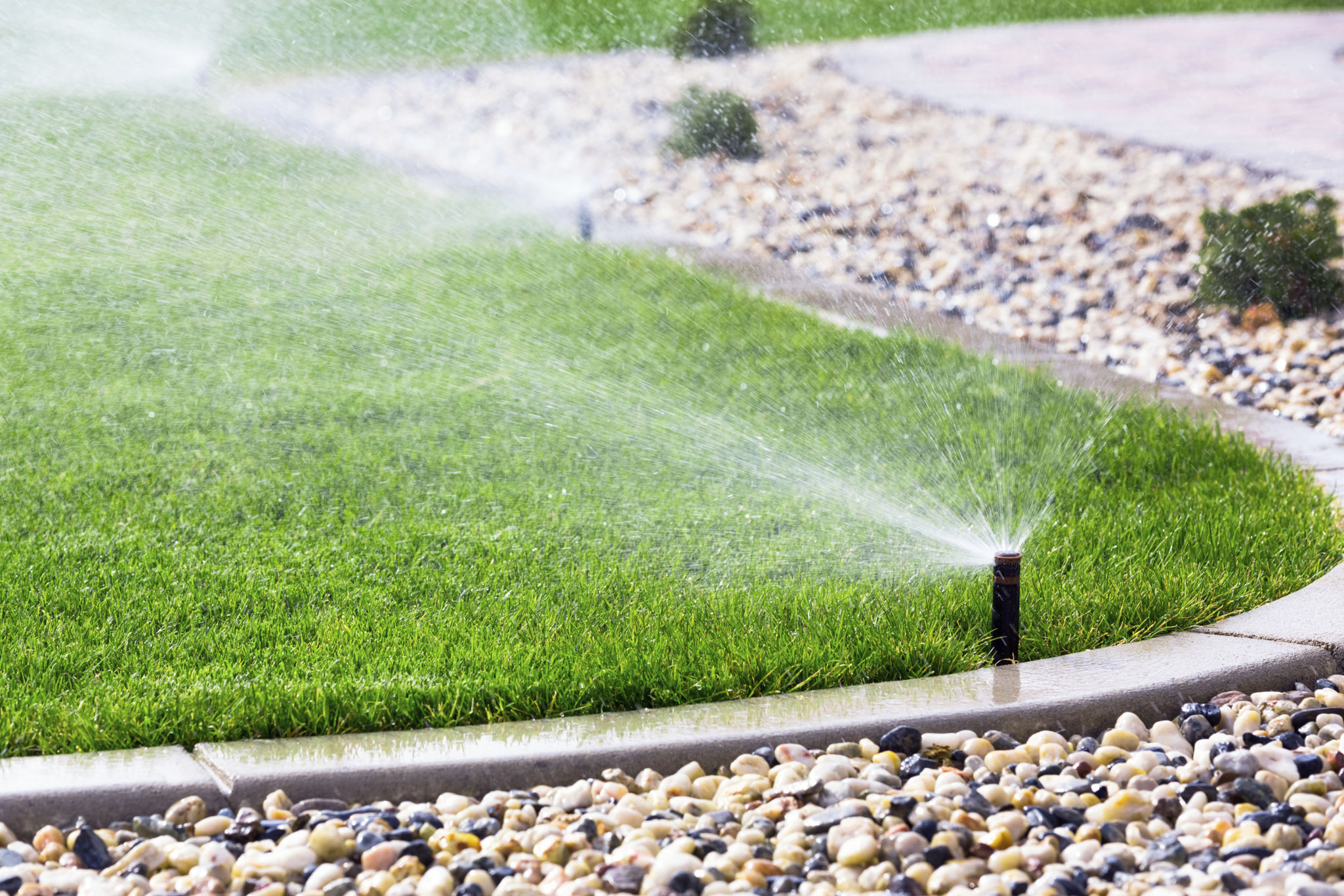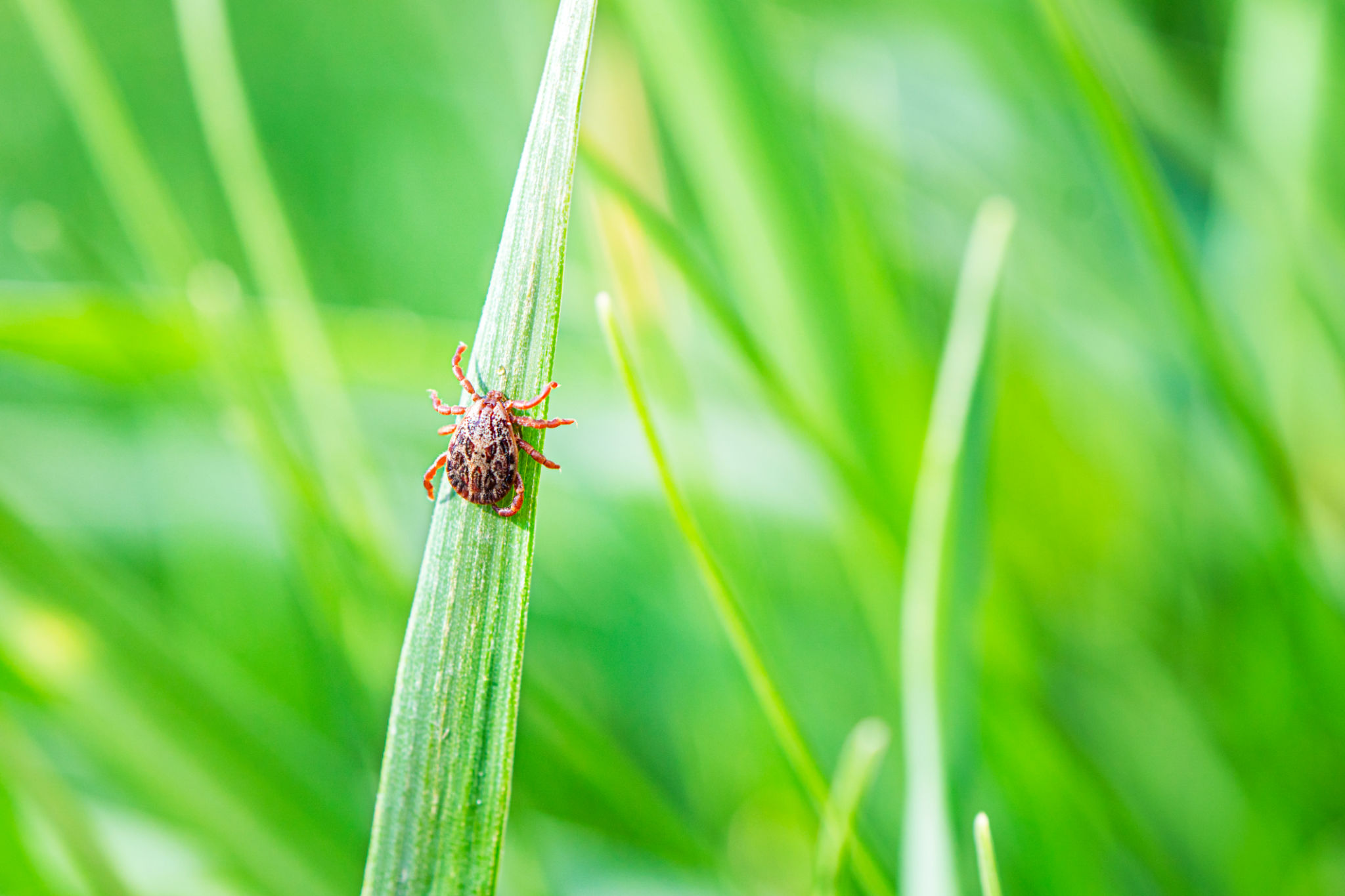Understanding the Impact of Sanford's Climate on Lawn Care
The Unique Climate of Sanford
Sanford, located in the heart of North Carolina, experiences a unique climate that significantly impacts lawn care practices. The region is characterized by humid summers and mild winters, which create both opportunities and challenges for maintaining lush, green lawns. Understanding these climatic conditions is crucial for homeowners and landscapers alike to ensure healthy grass throughout the year.
The area's warm, moist climate promotes rapid grass growth during the spring and summer months. However, it also creates an environment conducive to pests and diseases, which can quickly damage a lawn if not properly managed. Additionally, the combination of high humidity and occasional droughts can stress grass, making consistent lawn care essential.

Adjusting Lawn Care for Seasonal Changes
The fluctuating temperatures in Sanford demand a flexible lawn care approach. In spring, focus on fertilization and aeration to promote healthy root growth as the grass begins to grow vigorously. This is also the time to address any bare patches that may have developed over winter by reseeding and ensuring good soil contact.
During summer, watering becomes a crucial task. Given Sanford's potential for high heat and humidity, lawns require consistent irrigation to prevent drying out. Water early in the morning to minimize evaporation and to provide ample moisture for the day ahead. A well-watered lawn not only thrives but is also more resilient to pests.

Tackling Pests and Diseases
Sanford's climate can attract various pests such as grubs, chinch bugs, and armyworms, which can wreak havoc on your lawn. Regular monitoring and early detection are key to preventing extensive damage. Consider using organic or chemical treatments as needed, while ensuring you follow local guidelines and safety measures.
Diseases such as brown patch and dollar spot are also prevalent due to the area's humidity. Implementing proper mowing techniques by keeping grass at an optimal height can reduce the risk of disease spread. Additionally, ensure your lawn has adequate air circulation and drainage to combat fungal growth.

Winter Preparations
Even though winters in Sanford are mild compared to other regions, it’s essential to prepare your lawn for the colder months. Gradually reduce watering as temperatures drop and consider applying a winter fertilizer to strengthen roots. This preparation will help grass emerge healthier in the spring.
Avoid excessive foot traffic on dormant lawns during winter to prevent soil compaction and damage to the grass blades. Regularly clear fallen leaves and debris to allow sunlight to reach the grass and prevent mold formation.
The Role of Soil Health
Soil health plays a vital role in maintaining a vibrant lawn in Sanford’s climate. Conducting a soil test can help identify nutrient deficiencies and pH imbalances that need correction. Amending the soil with organic matter like compost can improve its structure, enhance water retention, and support beneficial microorganisms.
Maintaining healthy soil not only aids in robust grass growth but also reduces the need for excessive chemical interventions. A balanced ecosystem within your lawn promotes natural resilience against climate-induced stresses.

Sustainable Lawn Care Practices
Incorporating sustainable practices in lawn care can significantly benefit both your landscape and the environment. Opt for native grass species that are better adapted to Sanford's climate, requiring less water and maintenance. Mulching grass clippings can return essential nutrients back to the soil, minimizing waste.
Consider reducing lawn size by integrating native plants and creating natural landscapes that support local biodiversity. These practices not only enhance your property’s aesthetic appeal but also contribute positively to the local ecosystem.
Understanding Sanford's climate is essential for effective lawn care. By adapting your strategies to seasonal changes, managing pests and diseases proactively, preparing for winter, focusing on soil health, and embracing sustainability, you can achieve a thriving lawn year-round.